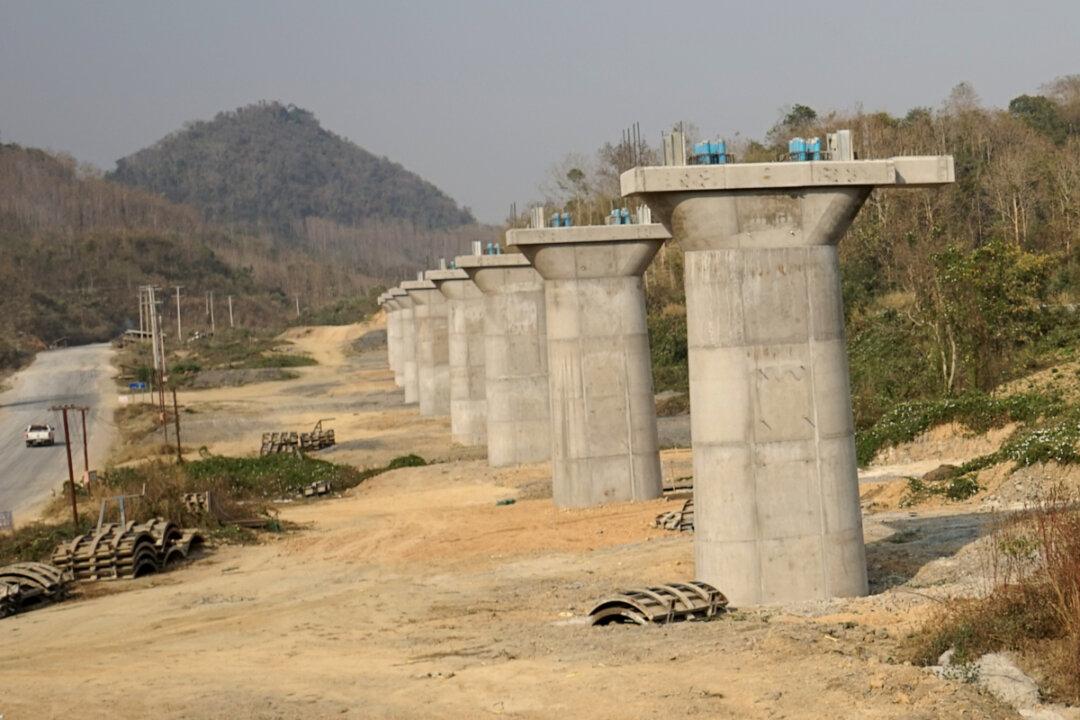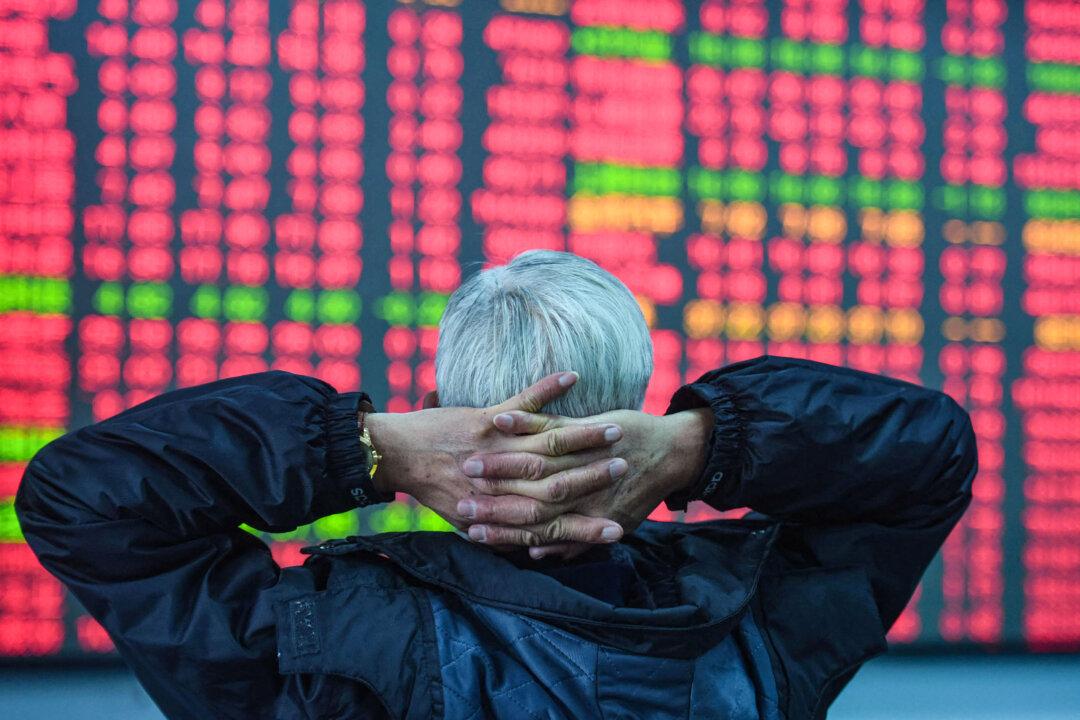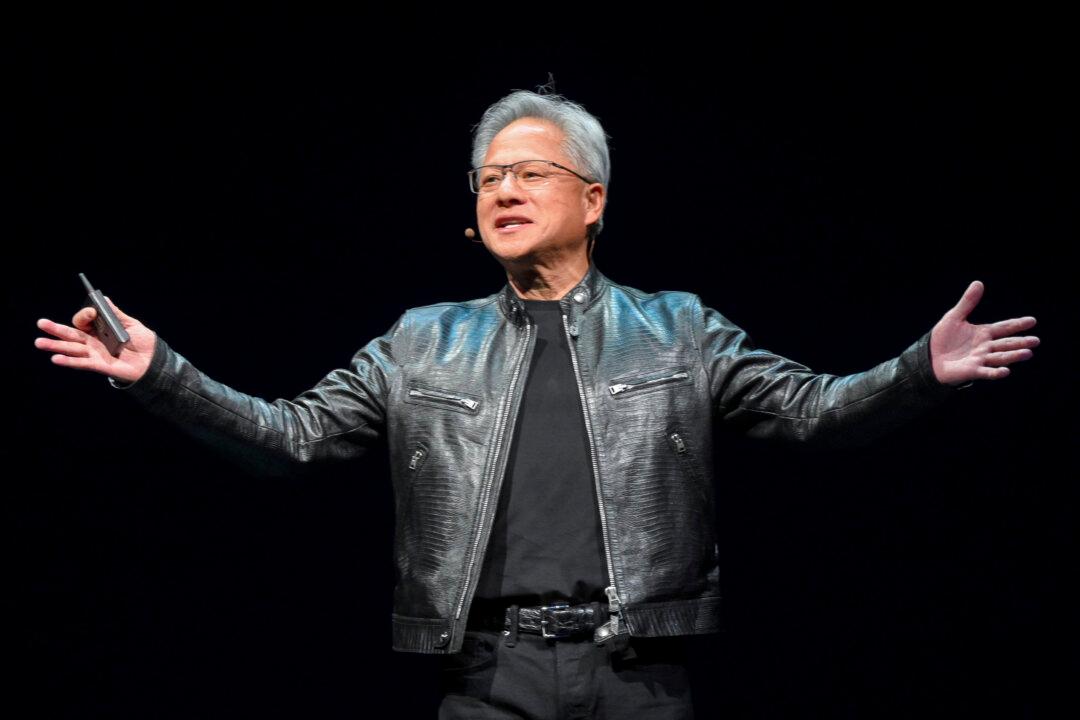A cluster of huge Chinese dams in the upper reaches of the Mekong exacerbated severe drought conditions in the river’s lower reaches this summer. Experts believe that over the past decades, the dams have become a de facto weapon of the Chinese Communist Party (CCP), advancing its interests in Southeast Asia, while heavily damaging and threatening the region’s ecology and livelihoods.
The Mekong is about 2,900 miles long, with its headwaters in the Tibetan Plateau. Its upper reaches, winding 1,300 miles through southwest China, are known as the Lancang River. In addition to China, the Mekong flows through five countries in Southeast Asia: Myanmar, Laos, Thailand, Cambodia, and Vietnam. The giant river is a lifeline for millions of people.




